The bathroom sink p-trap is an essential component of any plumbing system. It is responsible for preventing sewer gases from entering your home and keeping your bathroom smelling fresh. However, not all p-traps are created equal. In fact, there are a variety of different p-trap types available on the market today. In this article, we will take a closer look at the top 10 main bathroom sink p-trap types, their features, and how to choose the right one for your needs.Introduction
The p-trap is a plumbing fixture that is shaped like the letter "P". It is designed to create a water seal in the plumbing system, which prevents sewer gases from entering your home. The p-trap is typically located beneath the bathroom sink and is connected to the drain and the main sewer line. It is an essential component of any plumbing system and is required by building codes in most areas.P-trap
The bathroom sink is a crucial fixture in any bathroom. It is used for washing hands, brushing teeth, and other personal hygiene tasks. The sink is connected to the p-trap, which then connects to the main sewer line. There are various types of bathroom sinks available, including pedestal sinks, wall-mounted sinks, and countertop sinks. Each type requires a specific p-trap to be installed.Bathroom Sink
There are several types of p-traps available, each with its own unique features and benefits. The most common types of p-traps include: 1. Standard P-trap - This is the most common type of p-trap and is found in most homes. It is made of PVC or ABS plastic and is suitable for most bathroom sink installations. 2. Deep P-trap - This type of p-trap has a deeper trap and is used when the drain is farther away from the wall. It is commonly used in bathroom sink installations on countertops. 3. Shallow P-trap - As the name suggests, this type of p-trap has a shallower trap and is used when the drain is closer to the wall. It is commonly used in bathroom sink installations on pedestal sinks. 4. Bottle P-trap - This type of p-trap resembles a bottle and is used when the drain is on the side or the back of the sink. It is commonly used in wall-mounted sink installations. 5. Adjustable P-trap - This type of p-trap has an adjustable length, making it suitable for different sink and drain configurations. It is commonly used in bathroom sink installations with non-standard measurements. Other types of p-traps include the low profile p-trap, drum trap, and recovery P-trap. It is essential to choose the right type of p-trap for your bathroom sink installation to ensure proper functioning and prevent any plumbing issues.Types of P-trap
The sink p-trap is specifically designed to fit under the sink and connect to the sink drain and the main sewer line. It is available in various sizes and materials to accommodate different sink installations. The sink p-trap is usually easy to install and replace, making it a popular choice among homeowners.Sink P-trap
The bathroom p-trap is designed to fit under the bathroom sink and is responsible for preventing sewer gases from entering the bathroom. It is an essential component of the plumbing system and should be installed correctly to prevent any issues. The bathroom p-trap is available in different types, sizes, and materials, making it suitable for various bathroom sink installations.Bathroom P-trap
The sink drain p-trap is an essential part of the sink drainage system. It is responsible for trapping debris and preventing it from clogging the main sewer line. The sink drain p-trap is usually located beneath the sink and is connected to the main drain and the sink p-trap. It is available in various types, sizes, and materials to accommodate different sink installations.Sink Drain P-trap
Installing a p-trap is a relatively simple process, and many homeowners choose to do it themselves. However, it is crucial to follow proper installation procedures to ensure that the p-trap functions correctly. Here are the basic steps for installing a p-trap: Step 1: Gather all necessary tools and materials, including a p-trap, PVC cement, and a pipe wrench. Step 2: Turn off the water supply to the sink and remove the old p-trap if necessary. Step 3: Measure and cut the PVC pipes to the appropriate length, making sure to include the fittings. Step 4: Apply PVC cement to the fittings and connect them to the pipes. Step 5: Connect the p-trap to the sink drain and the main sewer line using the pipe wrench to tighten the connections. Step 6: Turn on the water supply and check for any leaks. If there are no leaks, the p-trap installation is complete.P-trap Installation
Over time, p-traps may wear out or become damaged, necessitating a replacement. The process for replacing a p-trap is similar to the installation process and can be done by following the steps mentioned above. It is essential to choose the right type and size of p-trap for your specific sink installation to ensure proper functioning.P-trap Replacement
P-traps are available in various sizes to accommodate different sink and drain configurations. The most common sizes are 1 1/4 inch and 1 1/2 inch, but they can also be found in larger sizes for commercial or industrial applications. It is essential to choose the right size p-trap for your sink installation to prevent any plumbing issues.P-trap Sizes
Understanding the Different Types of Bathroom Sink P-Traps for Your House Design

Why is Choosing the Right P-Trap Important for Your Bathroom Sink?
 When it comes to designing your dream house, every detail matters. From the color of the walls to the type of flooring, every decision reflects your personal style and taste. However, one aspect that is often overlooked is the type of
bathroom sink p-trap
used in your plumbing system. This small but essential component plays a crucial role in keeping your bathroom functioning properly and preventing any unpleasant odors from seeping into your home.
When it comes to designing your dream house, every detail matters. From the color of the walls to the type of flooring, every decision reflects your personal style and taste. However, one aspect that is often overlooked is the type of
bathroom sink p-trap
used in your plumbing system. This small but essential component plays a crucial role in keeping your bathroom functioning properly and preventing any unpleasant odors from seeping into your home.
The Different Types of P-Traps Available
 There are various types of
bathroom sink p-traps
available in the market, each with its own unique features and advantages. The most common type is the traditional P-trap, which resembles the letter "P" and is named after its shape. This type of p-trap is made of PVC or metal and is suitable for most bathroom sink installations.
Another popular type is the S-trap, which is similar to the P-trap but has an additional curve that resembles the letter "S". This type of p-trap is often used in older homes and buildings, but it is not recommended for new installations due to its tendency to collect debris and cause clogs.
For those looking for a more modern and sleek design, the bottle trap is a popular choice. It features a cylindrical shape and is often made of chrome or other metallic finishes, making it a stylish addition to any bathroom. This type of p-trap is also easy to clean and maintain, making it a practical choice for busy households.
There are various types of
bathroom sink p-traps
available in the market, each with its own unique features and advantages. The most common type is the traditional P-trap, which resembles the letter "P" and is named after its shape. This type of p-trap is made of PVC or metal and is suitable for most bathroom sink installations.
Another popular type is the S-trap, which is similar to the P-trap but has an additional curve that resembles the letter "S". This type of p-trap is often used in older homes and buildings, but it is not recommended for new installations due to its tendency to collect debris and cause clogs.
For those looking for a more modern and sleek design, the bottle trap is a popular choice. It features a cylindrical shape and is often made of chrome or other metallic finishes, making it a stylish addition to any bathroom. This type of p-trap is also easy to clean and maintain, making it a practical choice for busy households.
Factors to Consider When Choosing a P-Trap
 When deciding on the right p-trap for your bathroom sink, there are a few factors to consider. The first is the material of the p-trap. PVC p-traps are affordable and easy to install, but they may not be as durable as metal p-traps. The location of your bathroom sink and the type of plumbing system you have should also be taken into account when choosing a p-trap.
Additionally, it is important to consider the size and configuration of the p-trap. Some p-traps may not fit certain types of sinks or may require additional fittings for proper installation. It is always best to consult with a professional plumber to determine the best p-trap for your specific needs.
When deciding on the right p-trap for your bathroom sink, there are a few factors to consider. The first is the material of the p-trap. PVC p-traps are affordable and easy to install, but they may not be as durable as metal p-traps. The location of your bathroom sink and the type of plumbing system you have should also be taken into account when choosing a p-trap.
Additionally, it is important to consider the size and configuration of the p-trap. Some p-traps may not fit certain types of sinks or may require additional fittings for proper installation. It is always best to consult with a professional plumber to determine the best p-trap for your specific needs.
In Conclusion
 Choosing the right
bathroom sink p-trap
is crucial for the functionality and aesthetics of your bathroom. With various types available in the market, it is important to consider the material, location, and size of the p-trap before making a decision. By understanding the different types of p-traps and their unique features, you can ensure that your bathroom sink and plumbing system are in top shape for years to come.
Choosing the right
bathroom sink p-trap
is crucial for the functionality and aesthetics of your bathroom. With various types available in the market, it is important to consider the material, location, and size of the p-trap before making a decision. By understanding the different types of p-traps and their unique features, you can ensure that your bathroom sink and plumbing system are in top shape for years to come.











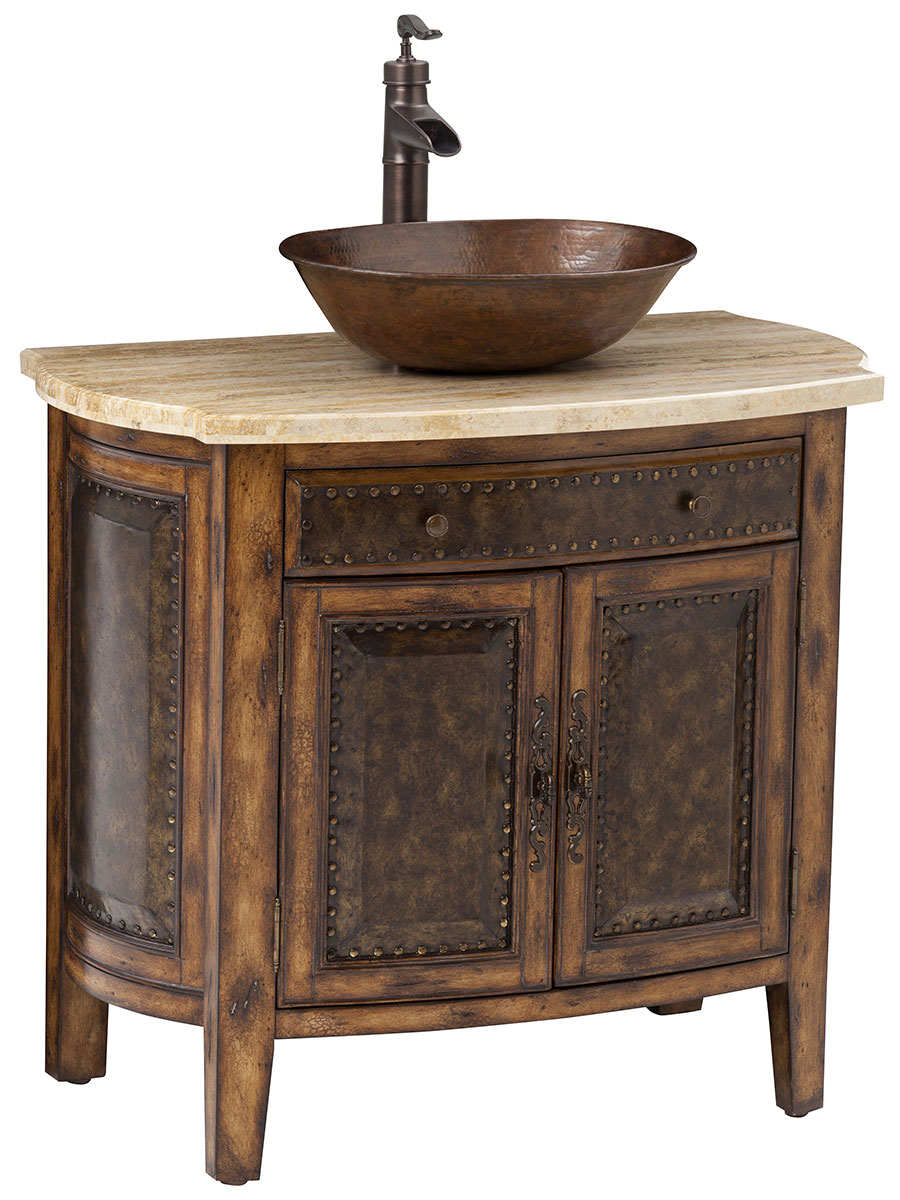





















/sink-drain-trap-185105402-5797c5f13df78ceb869154b5.jpg)
:max_bytes(150000):strip_icc()/replacing-a-sink-p-trap-2718773-hero-f3f65fbc400e41438c4d8280de025fc6.jpg)
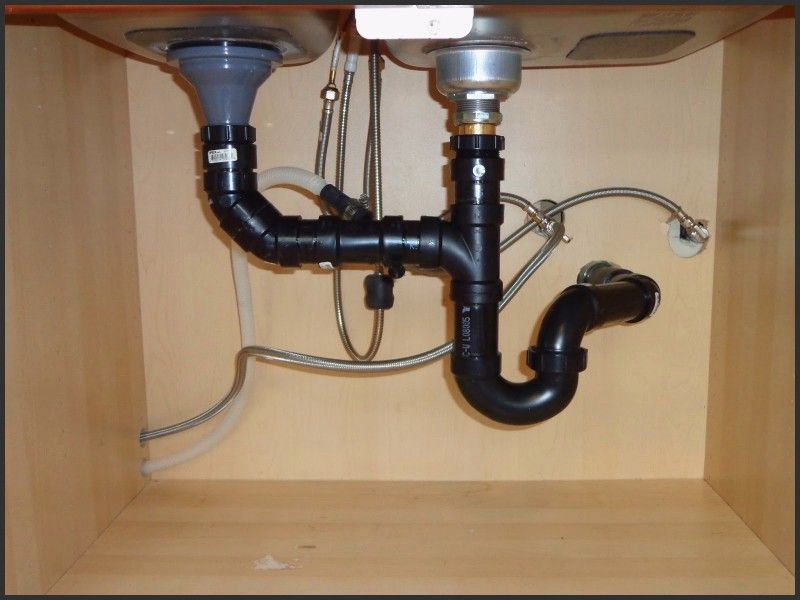





















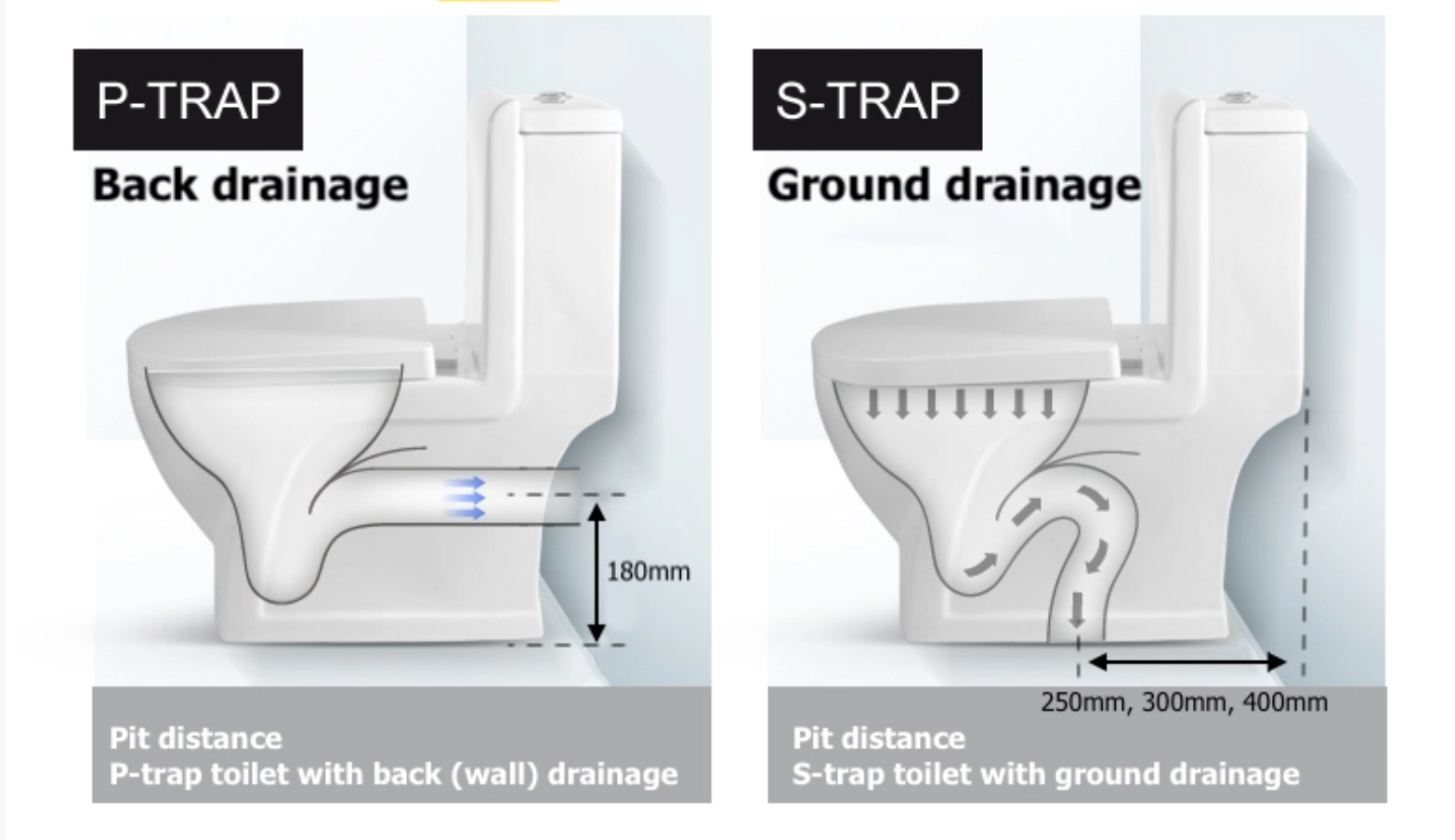











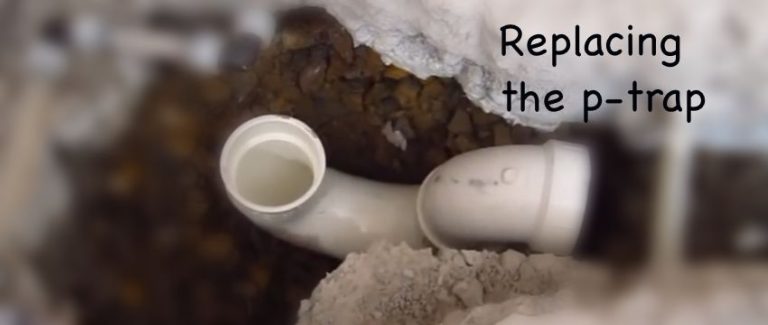










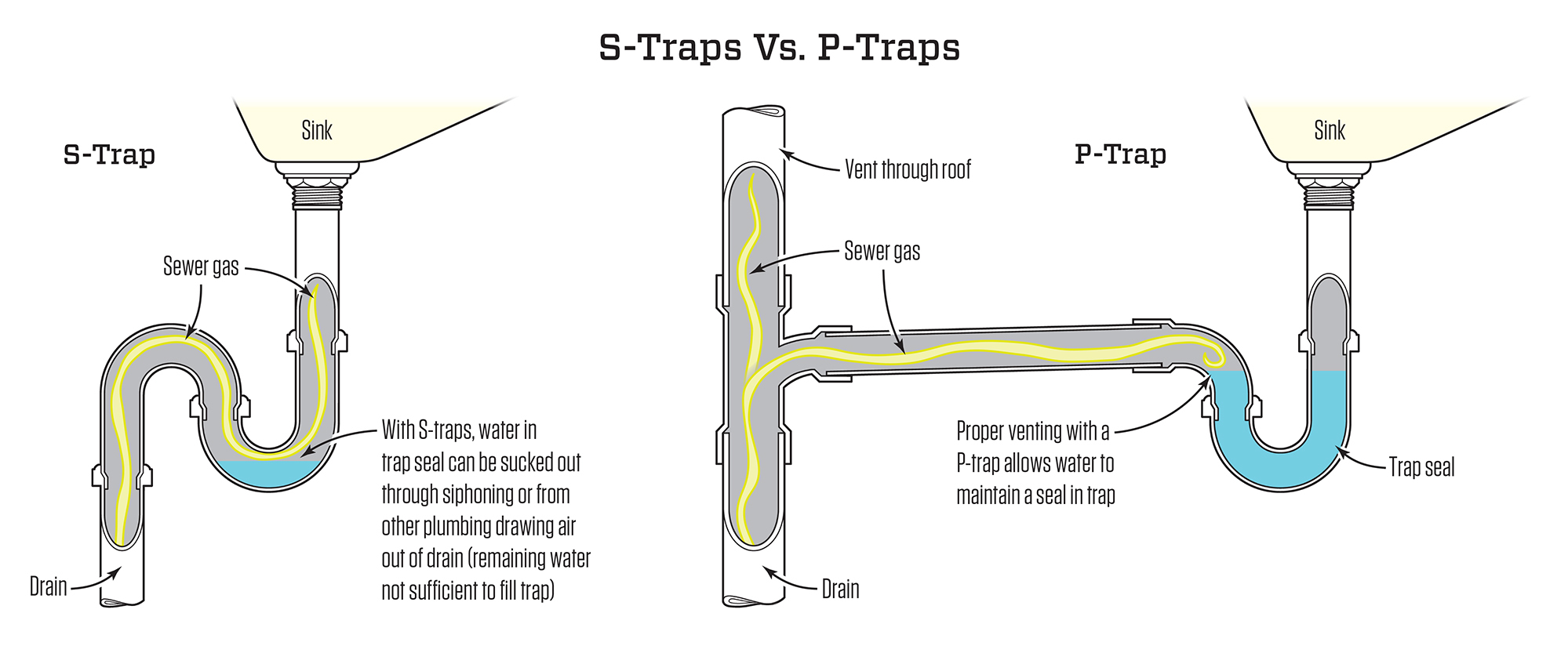




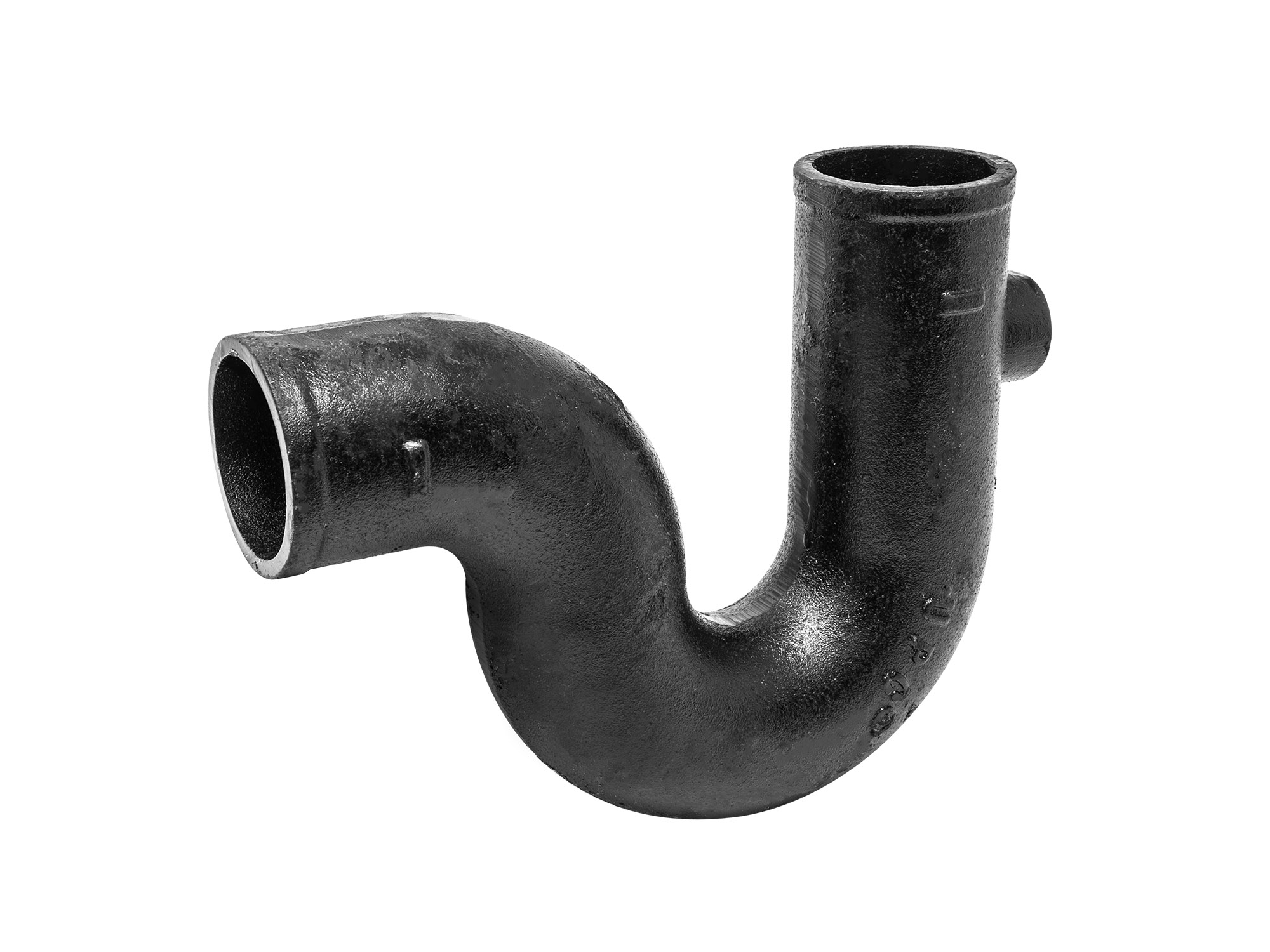





:max_bytes(150000):strip_icc()/ScreenShot2018-05-23at10.33.59PM-5b0624a51d64040037a46692.png)




